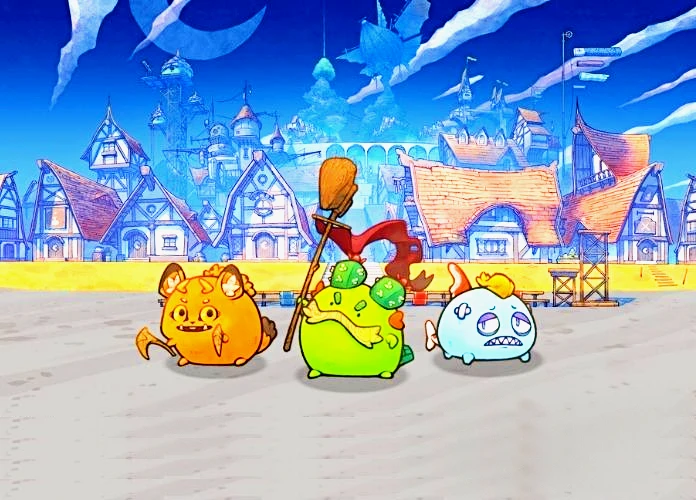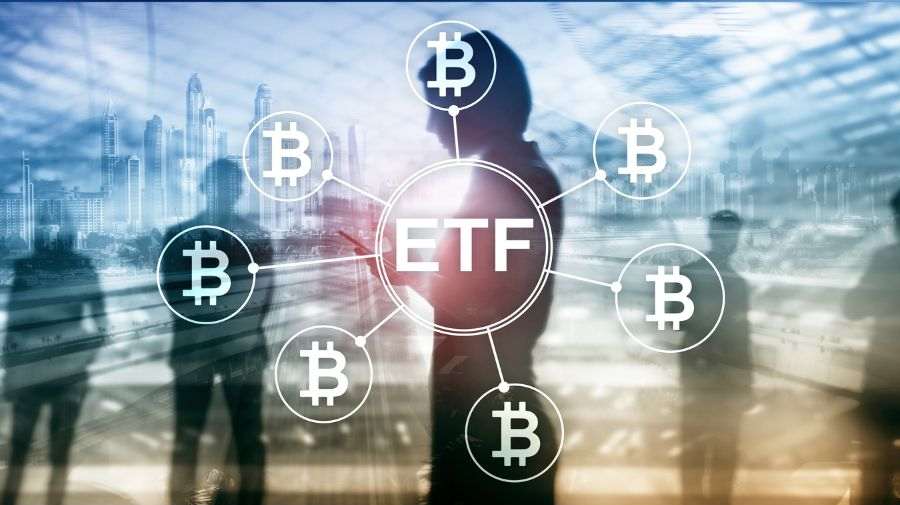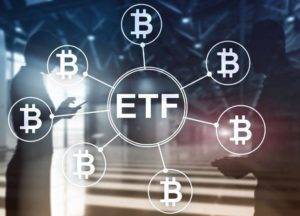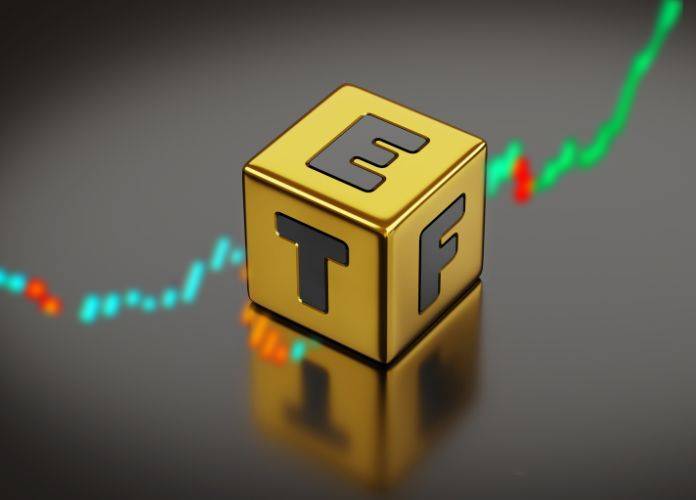The Play to Earn gaming model and associated platforms surged in 2021 with titles like Axie Infinity and Decentraland adding millions of new players. So what’s behind the phenomenon, is it really all fun and games – and what potential does it have to disrupt the gaming sector overall?
Play to Earn is taking gaming and the broader cryptocurrency space by storm with a flood of games that leverage blockchain technology to grant players actual ownership of in-game items that take the form of cryptocurrency assets or non-fungible tokens (NFTs).
What’s different about Play to Earn games?
Traditionally, game developers like Sony, Microsoft, Nintendo and Electronic Arts have adopted a centralized economic model that gave all the rights and ownership of game items like character skins and accessories to themselves – with players merely having possession while they were playing.
The downside to this model is that in the event of the game being discontinued or losing its fan-base, players who had spent a considerable amount of time and money building their online persona and assets faced the risk of losing in-game items that they once “owned”. Their return on investment could easily be nothing.
Keeping true to the decentralized mantra of blockchain technology, what Play to Earn allows players to do is own skins, other in-game items, and even digital property in a way that is independent of the game developers. If they want to, gamers in Play to Earn games can trade their game items for money–usually in the form of NFTs– in the game’s marketplace or on other independent NFT marketplaces like OpenSea and LooksRare.
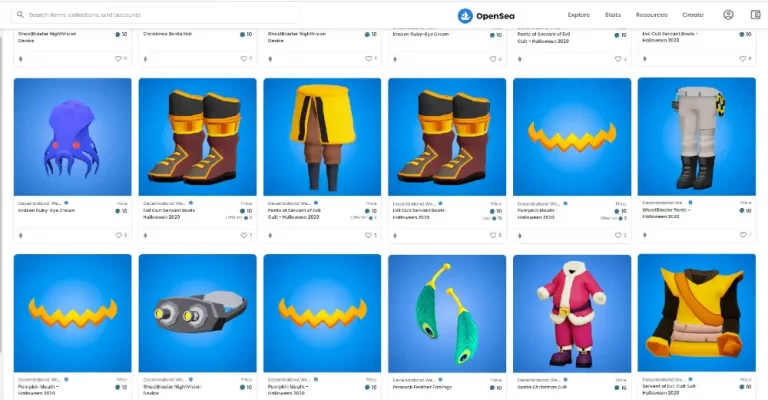
For gamers worldwide, the introduction of this blockchain-based gaming model presents them with an opportunity to earn actual money and own their in-game items for the first time.
What’s Driving The Growth Of Play To Earn?
The rise of Play to Earn gaming over the last 12 months is a result of several factors working in unison. The first is the rapid advancement in the development of blockchain technology and the growing number of use cases that have been found for it.
The development of native tokens for projects and the comparatively recent surge in the types and applications of NFTs laid the foundations for Play to Earn to thrive. Games could be built on the blockchain and users are able to leverage NFTs to own the in-game assets.
Another reason for the spike in Play to Earn games is the spill-over effect of the Covid 19 pandemic. At the height of the pandemic, people’s earning power took a big hit, and Play to Earn offered a way to augment their earnings. In the Philippines, Malaysia and Thailand for example, Finder reports that gamers were quitting their day jobs to focus on playing Axie Infinity given the potential earnings to be made on the platform.
The successes led to millions of players flocking to Play to Earn to bolster their earnings and it is not surprising that the bulk of players come from countries with weak economies.
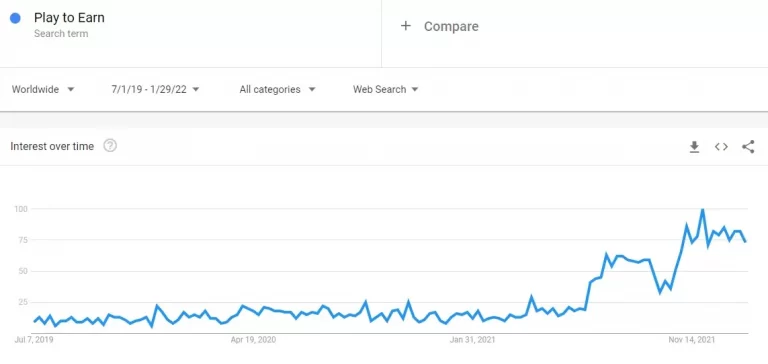
Another reason for the growth of this gaming model is the general astronomical growth that the gaming industry has experienced in recent years, and the sector is expected to have an annual valuation of $256 billion by 2025 according to Mordor Intelligence.
From traditional console gaming, the industry has taken the giant leap into online gaming with millions playing titles like World of Warcraft and Final Fantasy. Speculation that the metaverse may become a trillion-dollar market is also another driving factor for the growth of the Play To Earn sector.
What’s behind this metaverse gaming growth narrative is the age of its likely user base. Industry observers consider popular games like Minecraft, Roblox and Fortnite to be ‘feeder’ games to projects like Decentraland and Sandbox – and as the chart below shows, the player age profile for those games is very young.
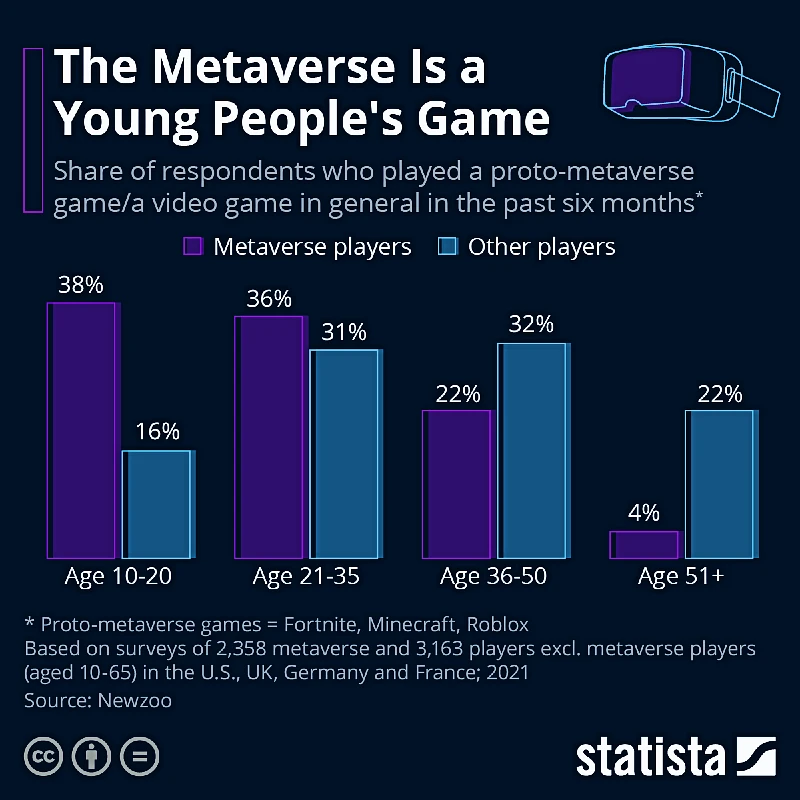
Source: Statista
The hope of the Play To Earn projects is that as these users mature, they will look for more ownership and potential revenue from the time they invest in gaming. Although this potential certainly exists, the current gameplay of Decentraland, Sandbox and other blockchain Play To Earn projects cannot really be compared to Minecraft or Roblox. Viewed from having ‘fun’ perspective, there is currently no compelling reason why a Minecraft fan would switch to Decentraland or Sandbox. Put simply, the blockchain projects still have a lot of work to do to put more game into their GameFi to attract users.
What Is The Most Popular Play To Earn Game?
Axie Infinity is currently the biggest Play To Earn game in the industry. It allows players to collect, breed, and battle creatures called Axies that are essentially NFTs. Players can earn Axie Infinity Shards (AXS) and Smooth Love Potions (SLP) on the platform which are game currencies that can be sold on the open market for actual money. AXS is the governance token of the project while SLP is used to breed Axies. The AXS price has fallen by about 50% since the start of 2022, as has the SLP price.
Axie Infinity ‘How To Earn’ Tutorial
From an investment perspective, it is important to note that prices of cryptocurrencies like AXS and SLP are more likely to correlate to the Bitcoin price, than to anything to do with the fundamentals of their own game.
This has long been a problem with cryptocurrency investment overall, in that price movements are almost always related to the wider market, not the individual project being invested in. The only cryptocurrencies that are immune to this are stablecoins like Tether, USDC and DAI.
Apart from breeding Axies, players can buy virtual land in the game represented as NFTs and the token has several other in-game uses. Gameplay is turn-based with players facing each other in 3 versus 3 Axie battles.
Developed by Vietnamese studio Sky Mavis, the game has grown to over 1.8 million active players and there is a thriving marketplace for trading Axies either in-game or on platforms like OpenSea and others.
Since launch, the Axie Infinity marketplace has processed transactions of over $2 billion with the creators raising $152 million with a $3 billion valuation.
The AXS token currently trades at around $56 and is the 41st largest cryptocurrency in the world in terms of market capitalization.
Decntraland is perhaps more famous as a metaverse but it also serves as a platform for Play to Earn. The virtual world allows users to create their own experiences and offers users the rare chance to monetize their creations.
On Decentraland, users can purchase one of the 90,601 plots available in the Decentraland metaverse. After the completion of the purchase, users can tweak the land plot, adding features like buildings and other experiences on the platform that landowners can charge other users for access to, or ‘flip’ in the open market.
Players in Decentraland earn MANA, the native token of the platform and the cryptocurrency required for the sale of in-game items and land plots on the Decentraland marketplace. Mana currently trades at $3.06 and has a market capitalization of around $5.6 billion. Decentraland was created by the duo of Esteban Ordano and Ari Meillich and is operated by the Decentraland Foundation.
Other noteworthy Play to Earn games include The SandBox which combines the features of decentralized autonomous organizations and NFTs to provide a unique gaming experience for the players. The project’s token is SAND and its NFT LAND allows users to host games and enjoy multiplayer experiences.
Other interesting titles in the Play to Earn space include Gods Unchained, Splinterlands, Alien Worlds, Sorare, and Crypto Kitties. These titles cut across several genres like fantasy, sports, and adventure.
Given the successes of these Play to Earn Games, others are in development to cater to the growing numbers of gamers. The most valuable NFT series, Bored Ape Yacht Club, caused a ripple in the community recently, when it announced an upcoming Play to Earn game in its roadmap.
Lovers of the fantasy genre are anticipating The Forgotten Rune Wizard Cult that will allow gamers to earn by creating game lore and customized NFTs in what can be described as ‘create to earn’. Treeverse, another game is currently in development will take the form of a massive multiplayer online role-playing game (MMORPG).
Traditional Game Developers React to Play to Earn
The growth of Play to Earn has caught the attention of big game developers, with Microsoft and Electronic Arts appearing to take steps to get into the space. In November 2021, EA CEO Andrew Wilson referred to the Play to Earn model as “the future of the industry” and users should expect that EA would act “innovatively and creatively” in the field. Recent job listings at EA have included a requirement for NFT and blockchain experience – which point to the direction the company may be taking.
Microsoft’s recent purchase of Activision Blizzard for a staggering $69 billion absolutely dwarfs its 2014 purchase of Minecraft makers Mojang for 2.5 billion, and has raised eyebrows across the GameFi and tech communities.
Last year, Activision Blizzard CEO Bobby Kotick said the company intended to be one of the key players in blockchain gaming. Microsoft has already experimented with the Play to Earn model in the past with the Microsoft Rewards offering that gave players the chance to win gift cards, other games, etc.
Despite the obvious buzz around the Activision purchase and Play to Earn in general, it is by no means a forgone conclusion that the NFT and blockchain phenomenon is actually going to significantly disrupt traditional gaming.
At Epic Games (makers of Fortnite), for example, CEO Tim Sweeney tweeted that Epic will welcome “games that support NFTs” to the Epic Games Store. But in the same Tweet, he made sure to distance Epic from those games by adding “for these games, the publisher conducts their own NFT transactions directly with customers. Epic isn’t a middleman in the transactions, and doesn’t collect store fees.” So the door at Epic is sorta, kinda open – but not exactly flung wide.
Popular platform Steam – which hosts Counter-Strike, Grand Theft Auto and 30,000 other games – has banned blockchain games from its platform entirely, with a specific focus on NFTs and cryptocurrencies. While Steam’s ban may seem to be anti-innovation, the reality is more about protecting its brand and user base.
One of Steam’s main concerns about NFTs and cryptocurrencies being integrated into the games on its platform is the rampant criminality that exists in the blockchain space. Multi-million dollar hacks and rug pulls occur in the sector almost every week, and Steam has legitimate concerns about exposing users of its platform to this type of loss.
Interestingly, Steam’s approach is far more representative of the wider gaming developer community than Activision’s. A recent survey by Game Developers Conference, for example, found that the overwhelming majority of gaming industry professionals don’t see a place for NFTs and cryptocurrencies in the gaming sector anytime soon. NFTs, in particular, were thought of as scams or pyramid schemes by many survey respondents.
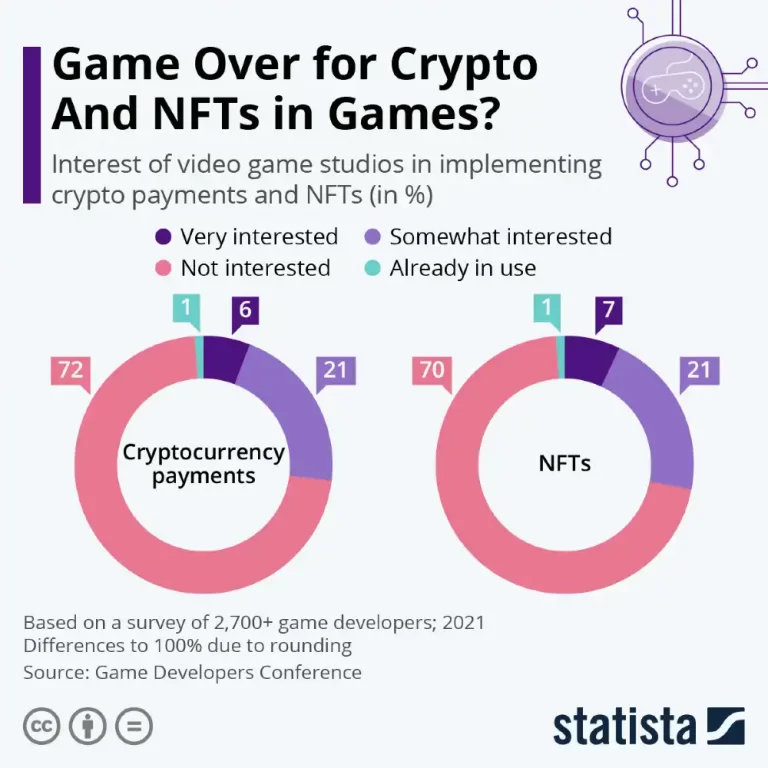
Infographic courtesy of Statista
Downsides Of Play to Earn
While Play to Earn offers many player benefits, certain pitfalls are associated with the use of this model. The first is that Play to Earn games are not really free to play and will often require a financial commitment from the player. In Axie Infinity, for example, users are expected to purchase a minimum of three Axies to begin playing.
Depending on which Axies they buy, the start-up cost can easily run over $1,000. This trend has given rise to the creation of sponsorship guilds that loan Axies to new players and collect a portion of their earnings. That said, it is possible to buy less popular Axies in the marketplace for less than $30.
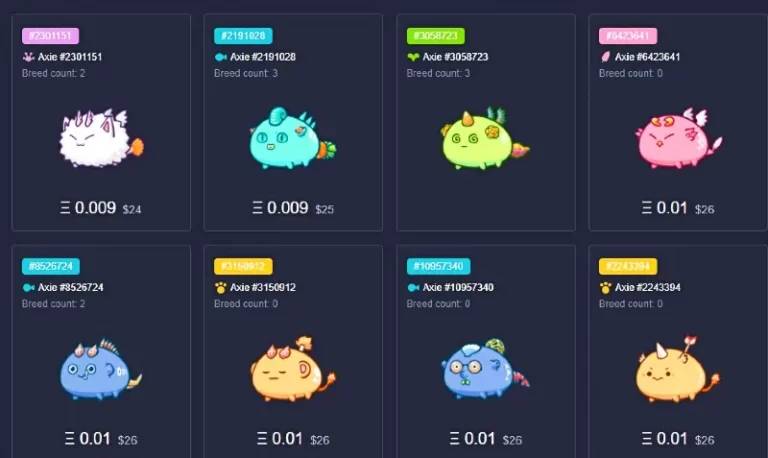
There is also the disadvantage of clunky and glitchy gameplay in Play to Earn titles that don’t compare well to the popular console games that players are used to. Some gamers have also reported that Play to Earn takes the fun out of gaming because money is often at stake. On the other side of that spectrum, Play to Earn gamers also stand the risk of becoming addicted in a similar way to gambling – and reporting from the Financial Times showing that experienced players are winning the lion’s share of the prices, with around 80% of the total NFT value being held by nine percent of the community.
Conclusion
There is no doubt that blockchain tech and cryptographic assets have introduced an ownership and revenue element to gaming that will continue to make inroads into the market share of legacy gaming companies. At the same time, though, the hype around Play to Earn far exceeds any real impact it will have in the overall gaming space for some time to come. Indeed the sector faces many challenges. Gameplay is glitchy, the potential for criminality and fraud is worrying, and the existing developer base isn’t supportive – which means game creators and builders will be in short supply.
All that said, the reality of being able to earn while you play will be appealing to many gamers and the amount of investment that is flowing into the sector virtually guarantees continued improvement and innovation in the near to medium term.

